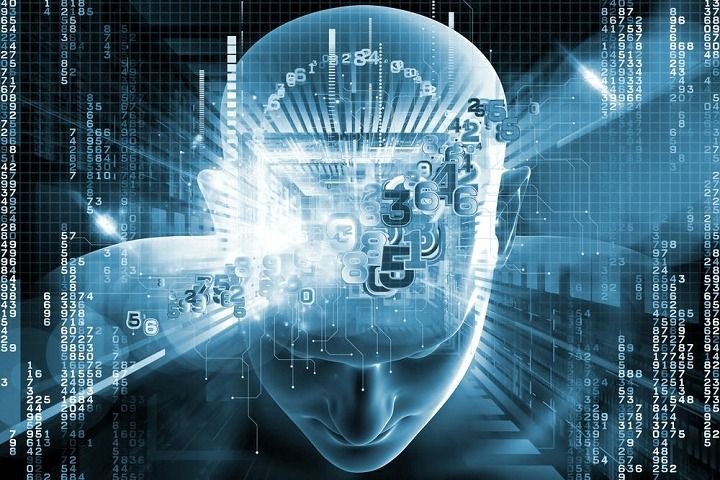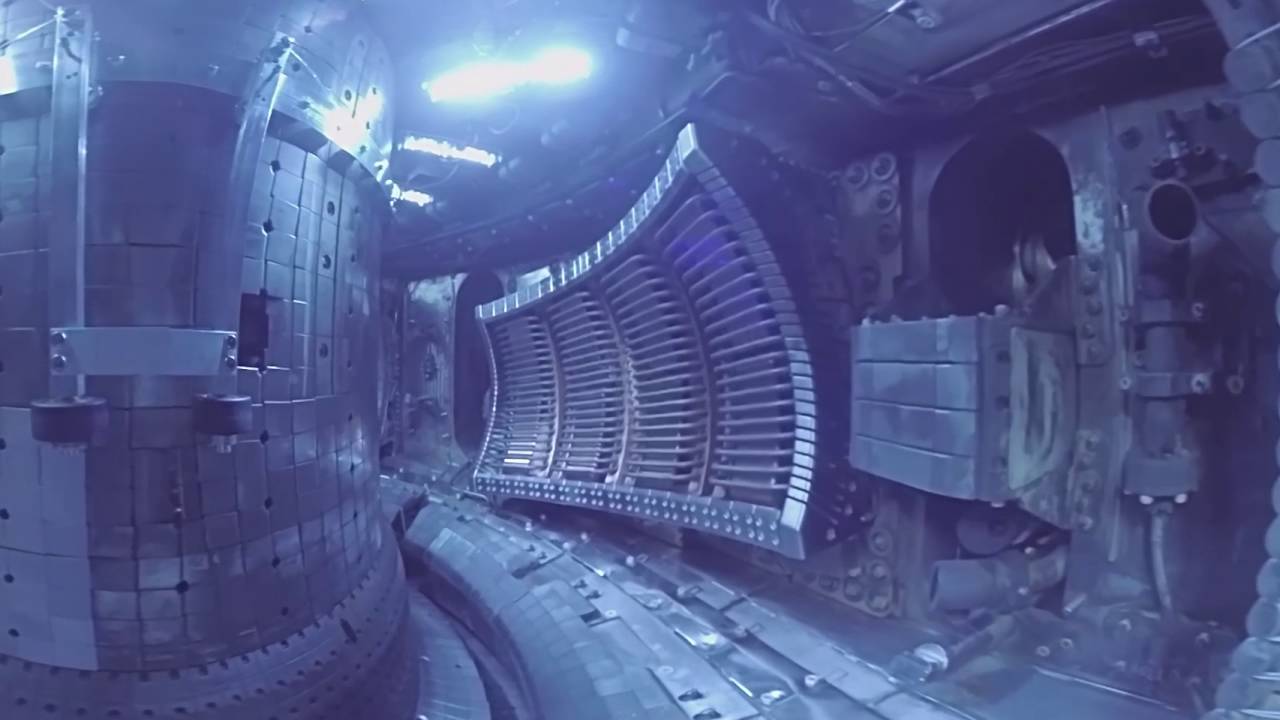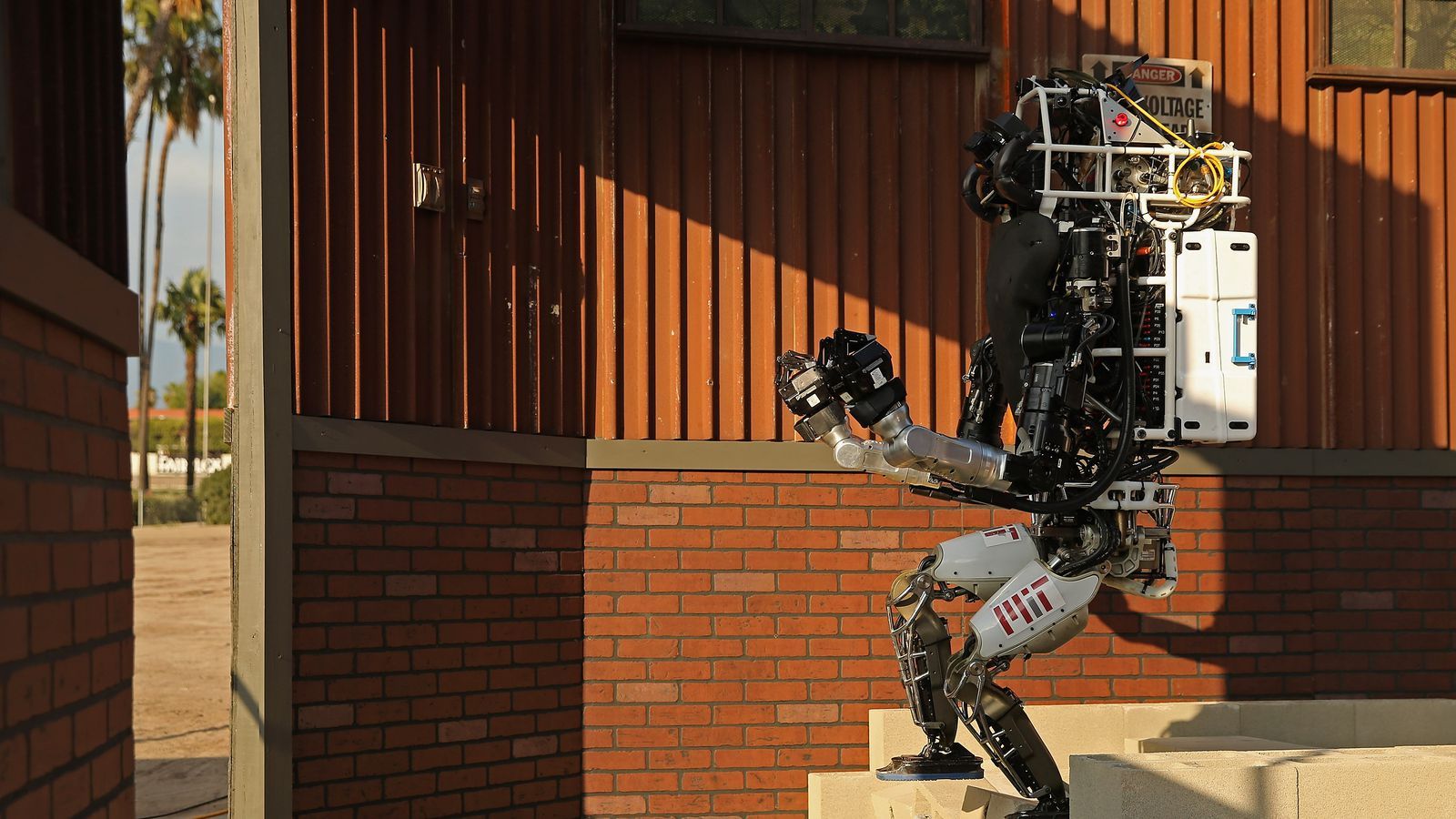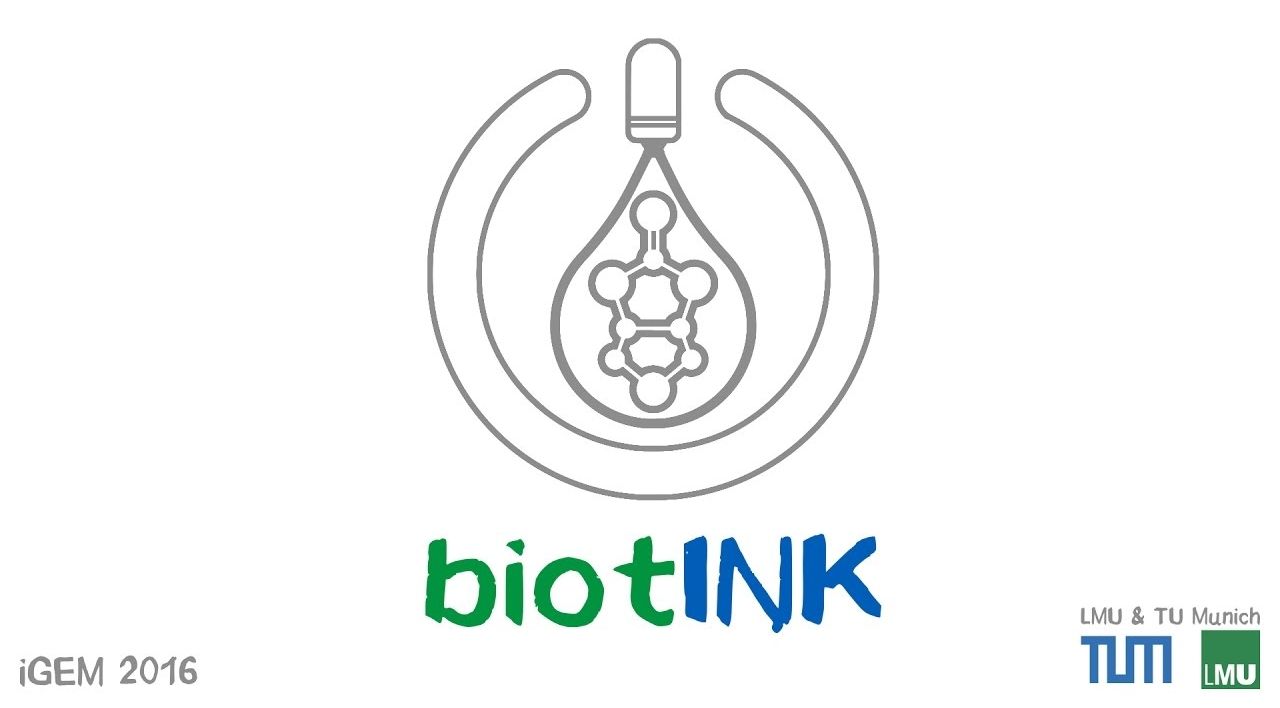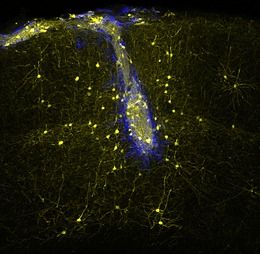Oct 30, 2016
Harley-Davidson Says Artificial Intelligence Drives 40% of New York Sales
Posted by Karen Hurst in categories: business, robotics/AI, transportation
Nice job Harley-Davidson when can I have my discount for my new wheels?
 Lookalike modeling is a key component of lead generation, and for motorcycle brand Harley-Davidson, the tactic now goes hand in hand with artificial intelligence (AI). In March 2016, the company began working with machine learning technology provider Adgorithms to grow its ecommerce reach and hasn’t looked back since. Asaf Jacobi, president of Harley-Davidson’s New York City division, spoke with eMarketer’s Maria Minsker about the brand’s experience with AI and discussed the results he has seen so far.
Lookalike modeling is a key component of lead generation, and for motorcycle brand Harley-Davidson, the tactic now goes hand in hand with artificial intelligence (AI). In March 2016, the company began working with machine learning technology provider Adgorithms to grow its ecommerce reach and hasn’t looked back since. Asaf Jacobi, president of Harley-Davidson’s New York City division, spoke with eMarketer’s Maria Minsker about the brand’s experience with AI and discussed the results he has seen so far.
EMarketer: What are some of the business challenges that drove you to try artificial intelligence?
Continue reading “Harley-Davidson Says Artificial Intelligence Drives 40% of New York Sales” »

